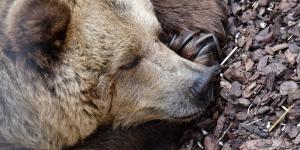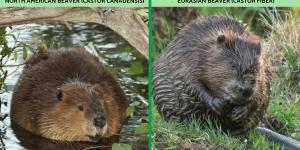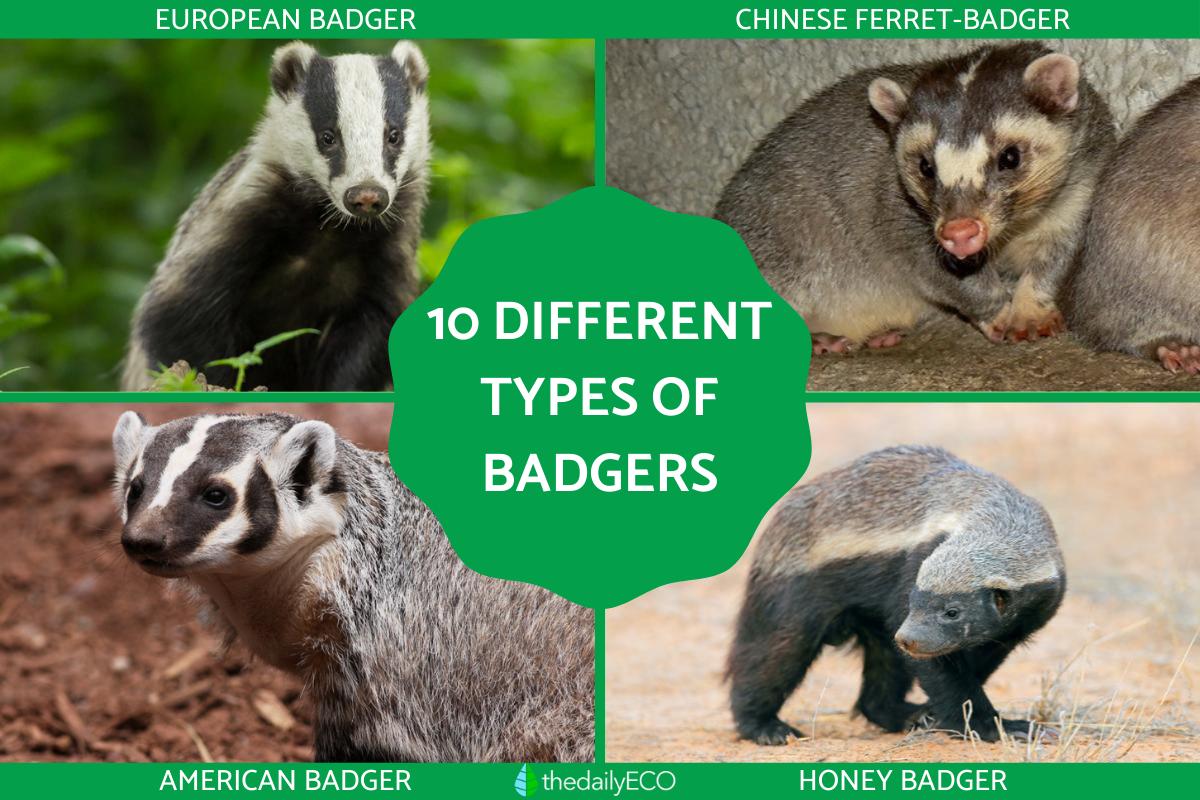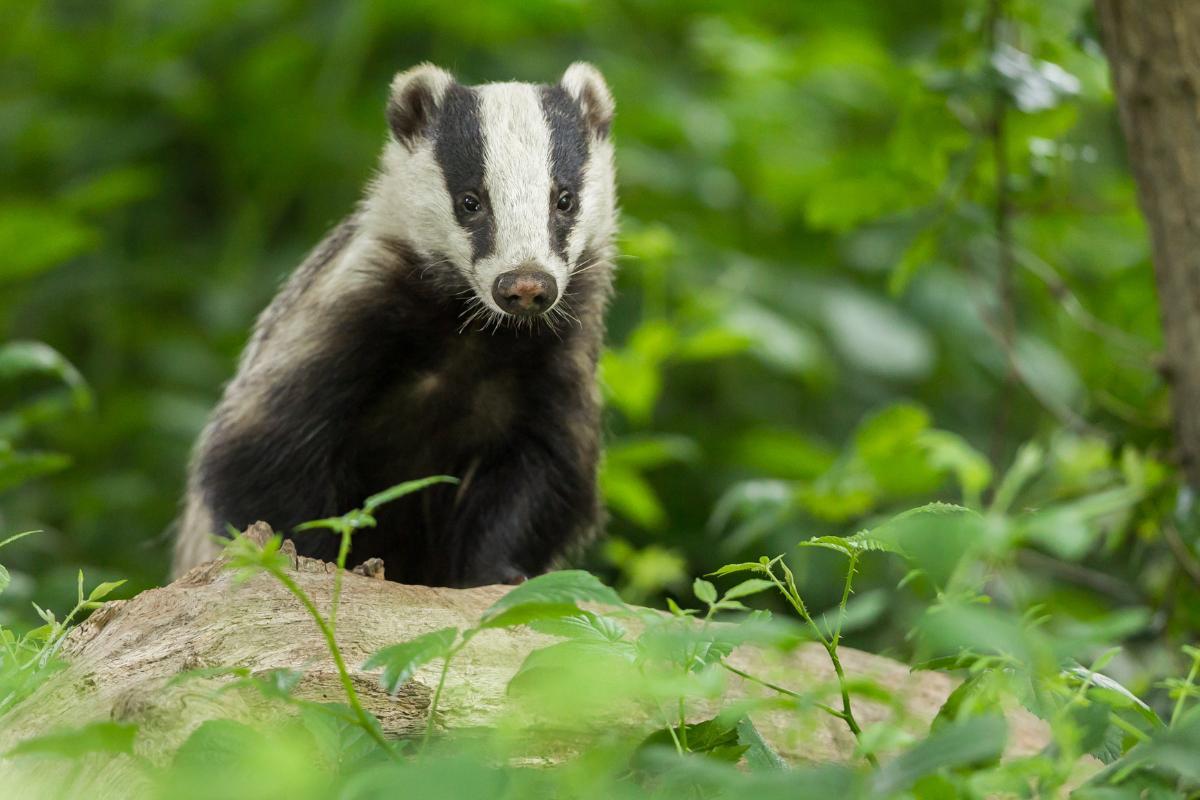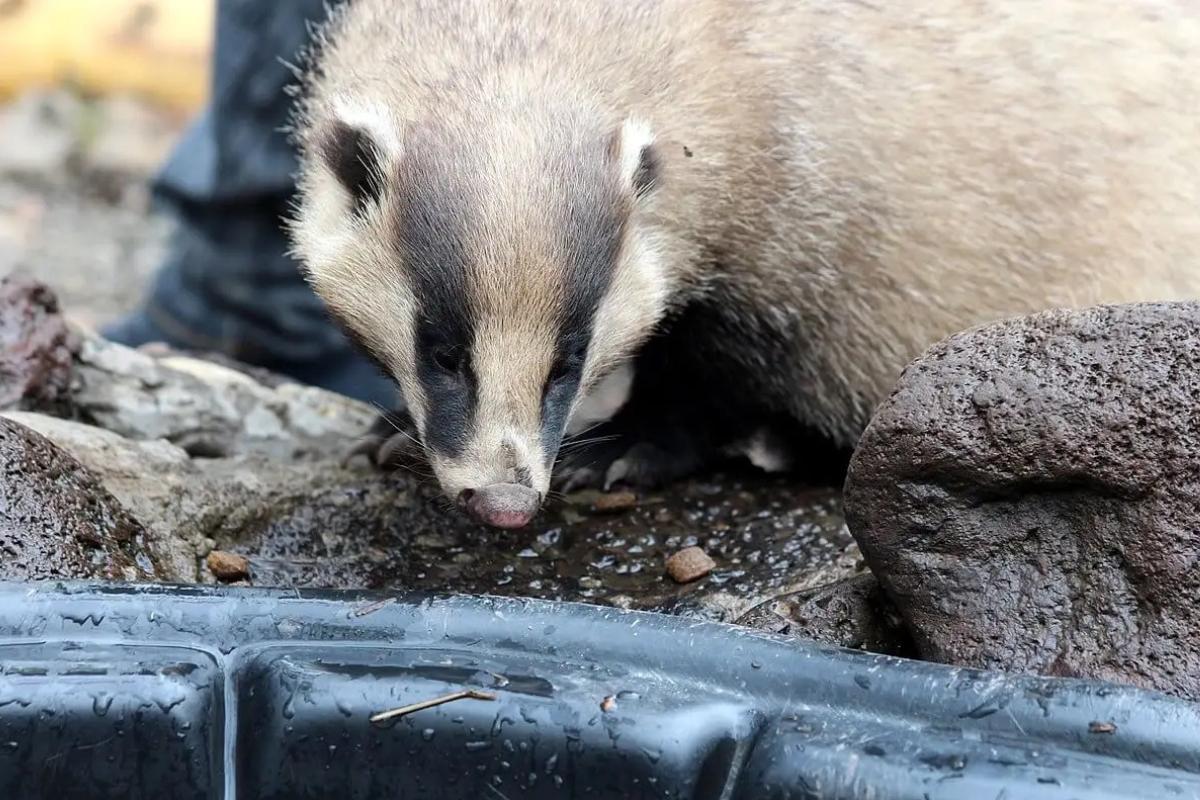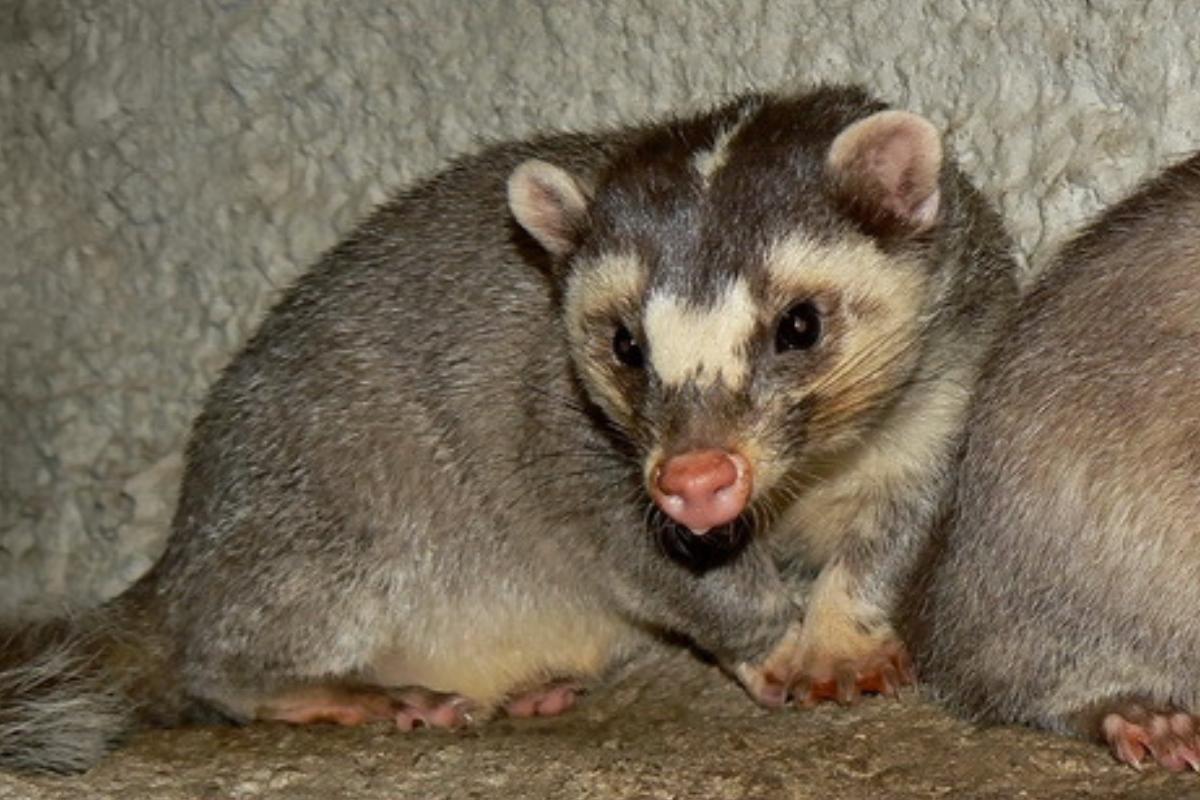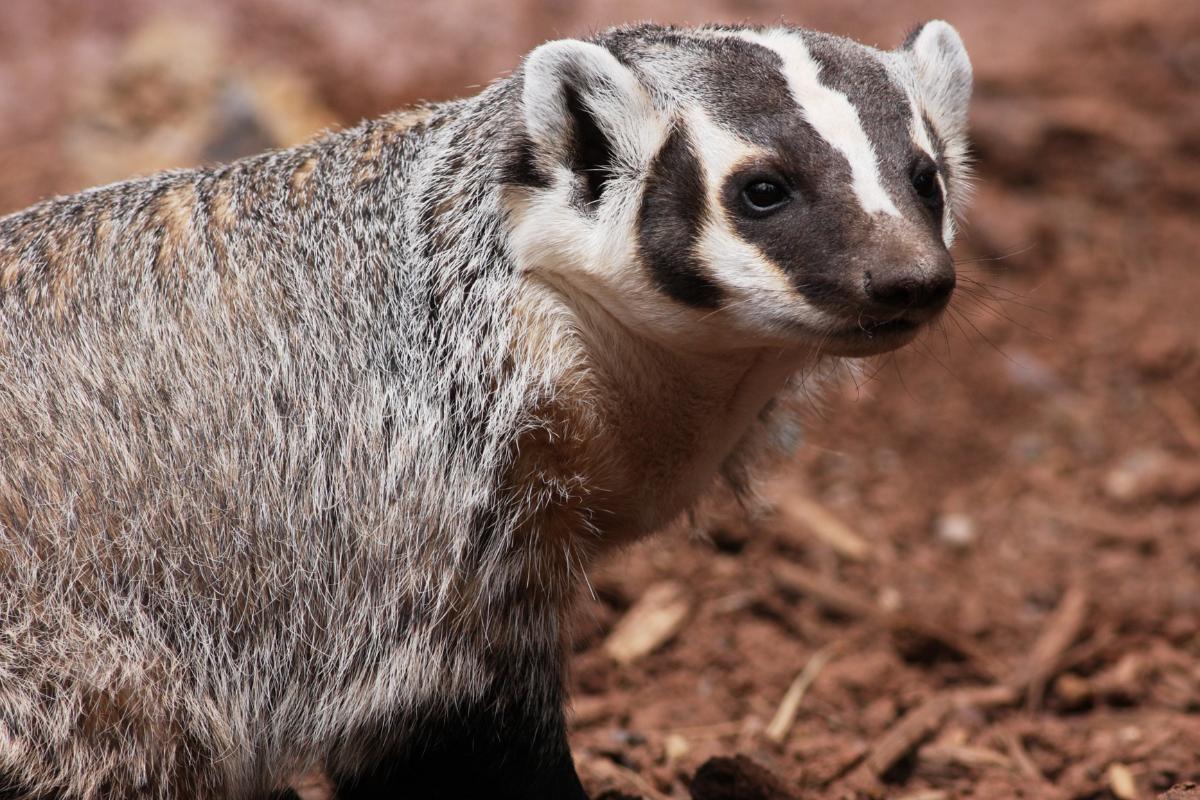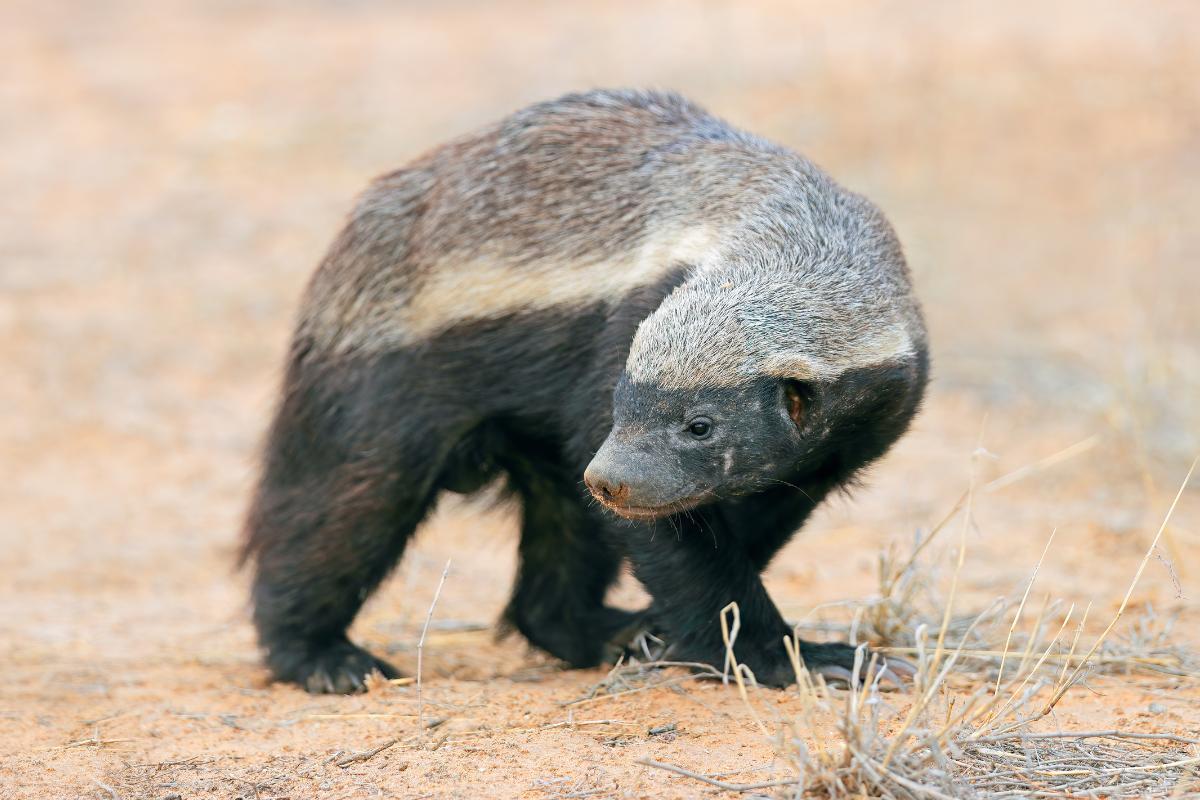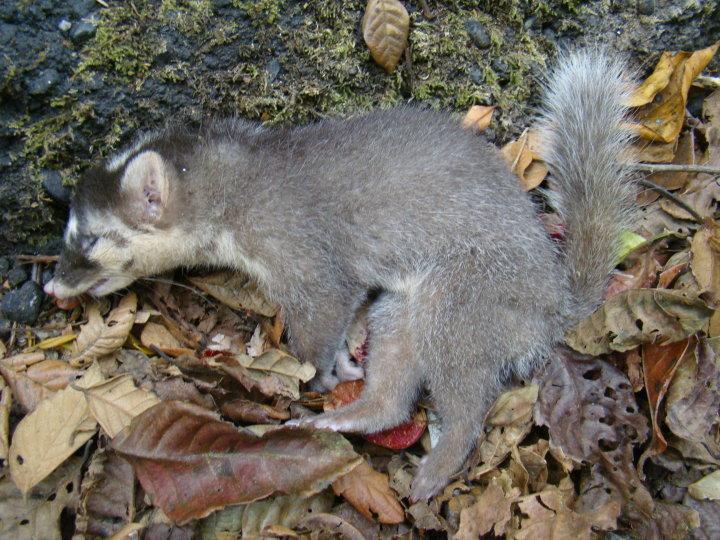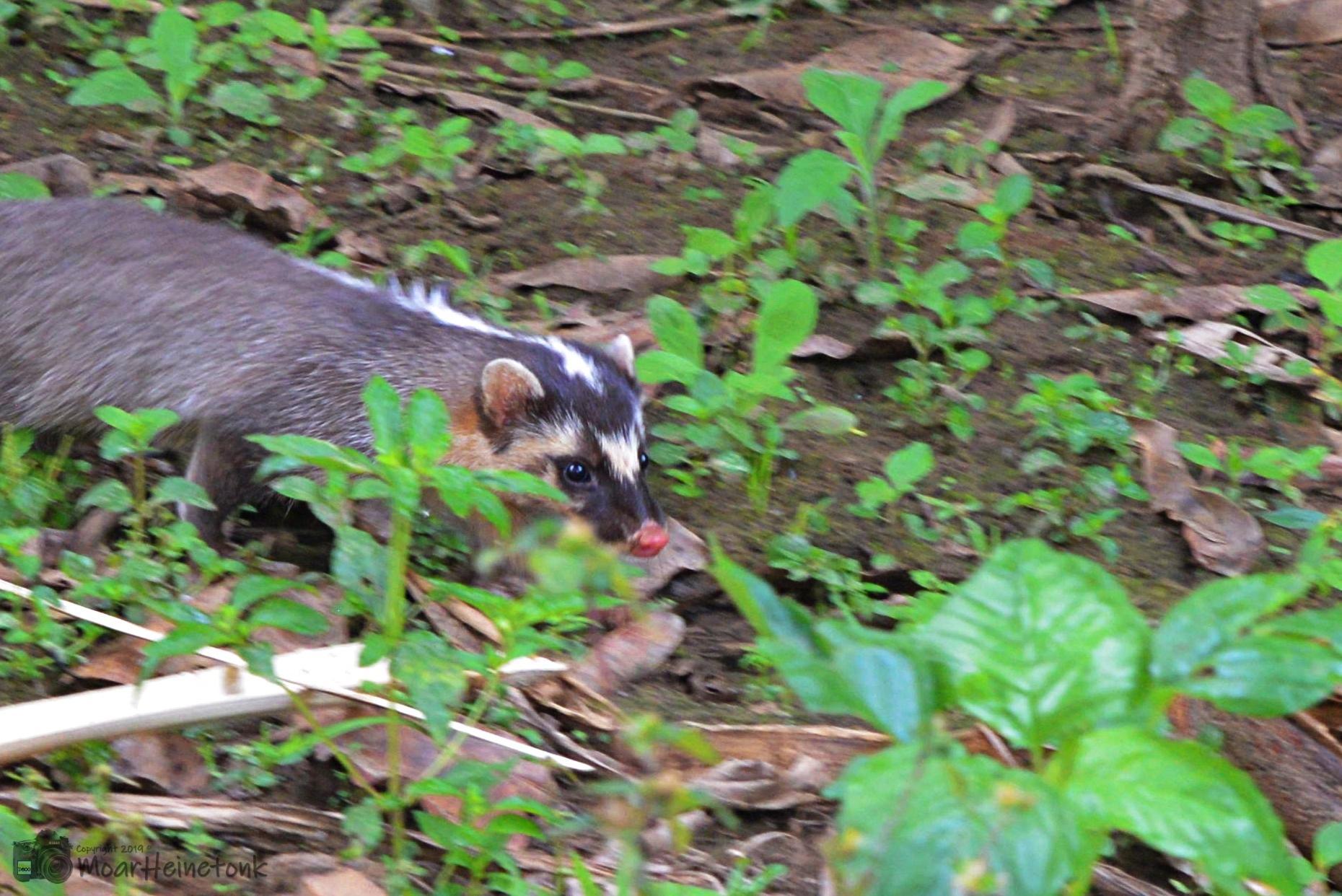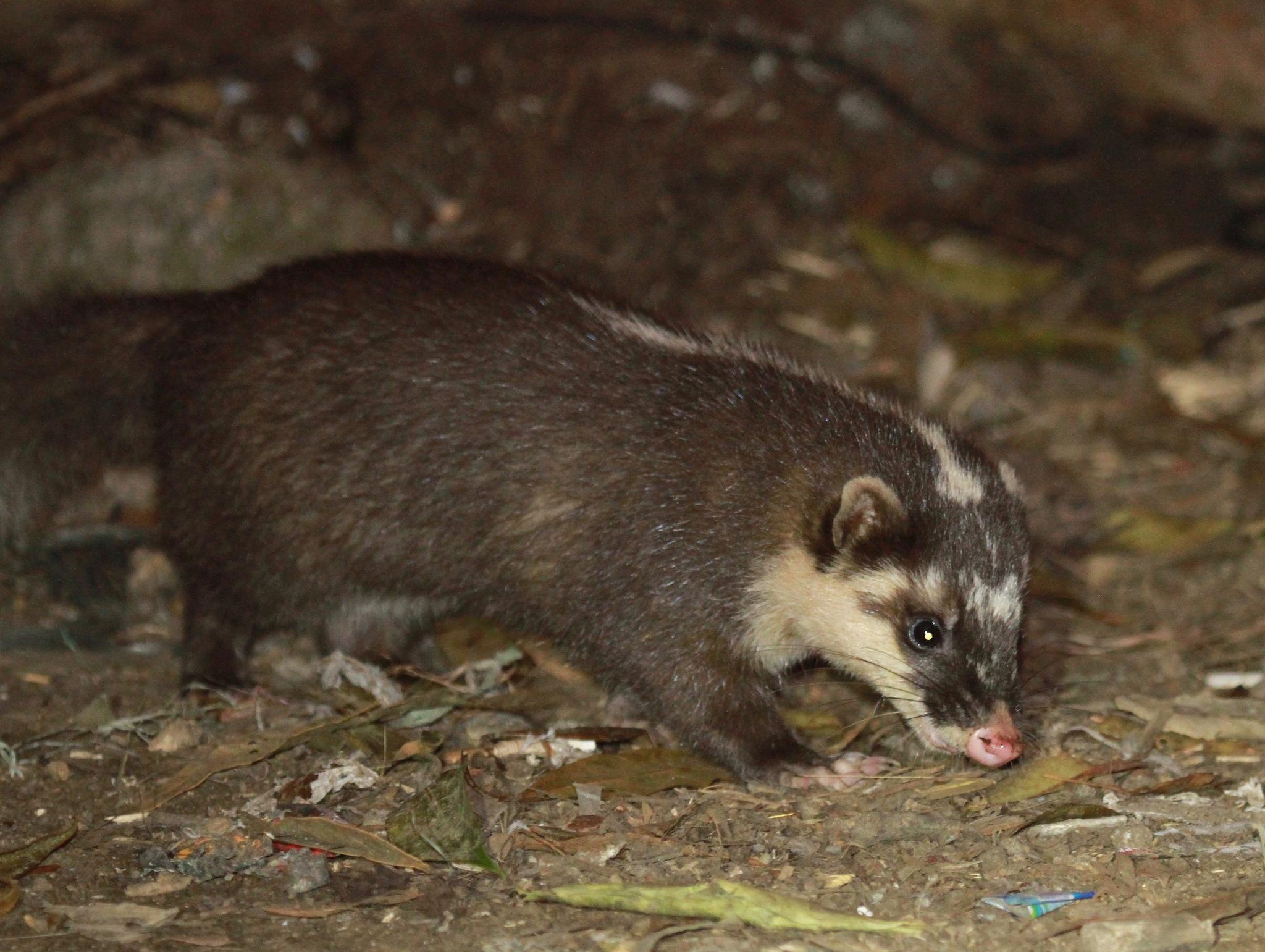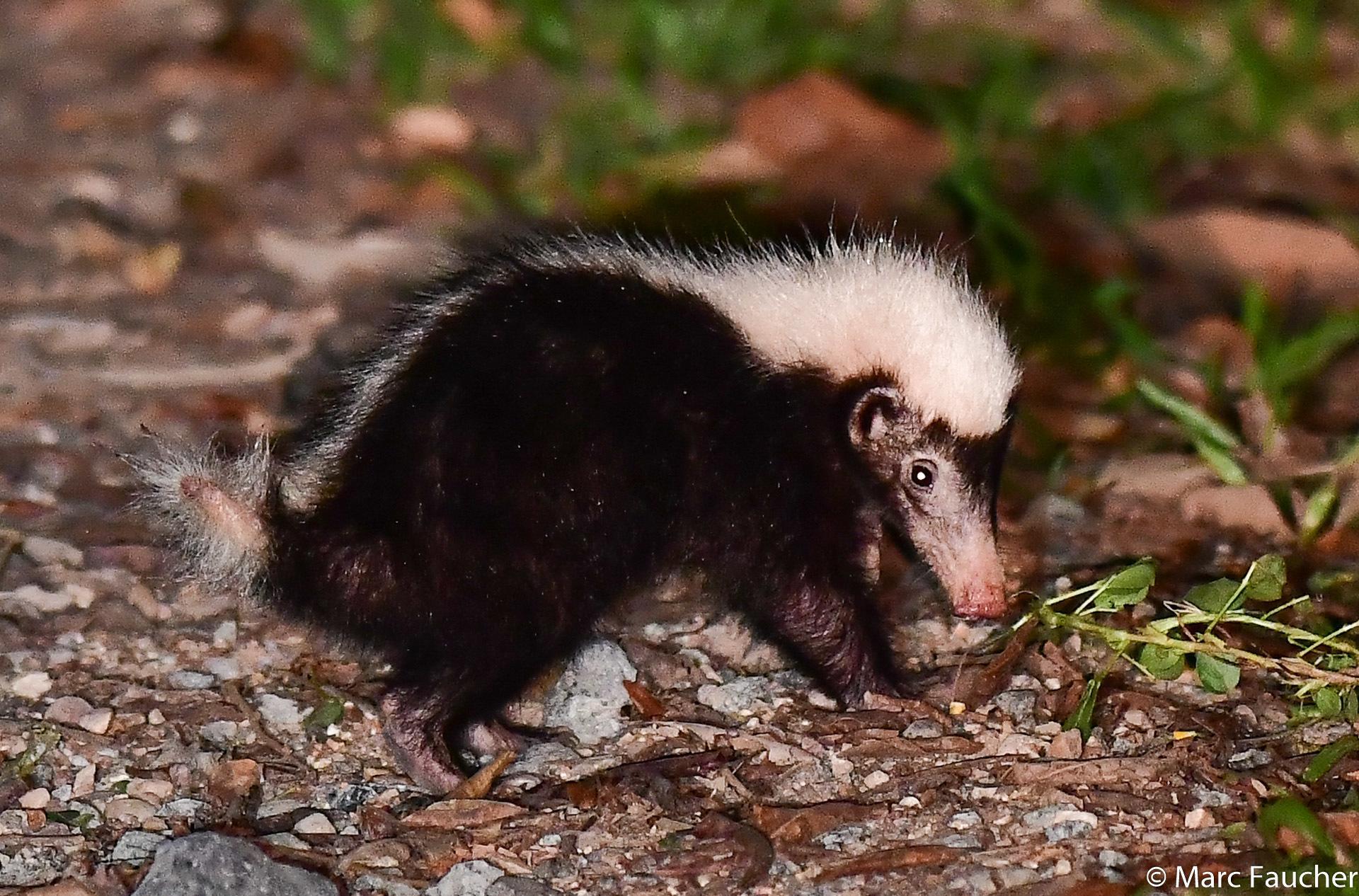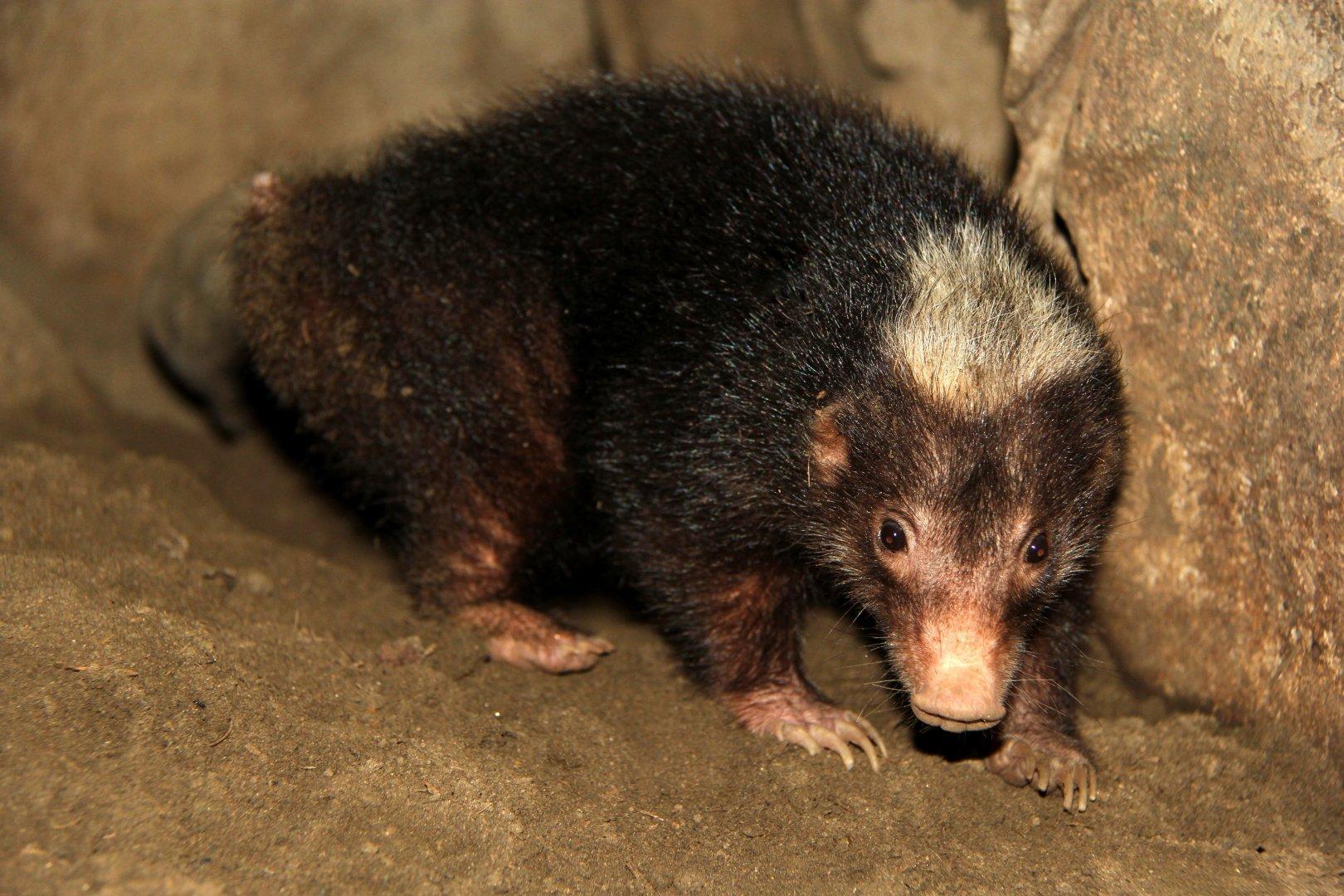Different Types of Badgers


Badgers are part of the mustelid family, meaning they share common characteristics with mammals such as otters, wolverines and weasels, among others. As with these animals, they are adapted to a carnivorous lifestyle, although diet and other behaviors can vary according to species. Badgers are known for their digging behaviors, with various species living in underground burrows known as sets. They have specialized claws to dig at the soil, something which can also come in handy when on the hunt. At thedailyECO, we discover 10 different types of badgers. We share badger species with photos including the European badger, American badger, honey badger and more
- European badger (Meles meles)
- Asian badger (Meles leucurus)
- Chinese ferret-badger (Melogale moschata)
- American badger (Taxidea taxus)
- Honey badger (Mellivora capensis)
- Bornean ferret badger (Melogale everetti)
- Burmese ferret-badger (Melogale personata)
- Javan ferret-badger (Melogale orientalis)
- Sunda stink badger (Mydaus javanensis)
- Palawan stink badger (Mydaus marchei)
European badger (Meles meles)
Also known as the Eurasian badger, the European badger (Meles meles) inhabits Europe, western Asia and parts of Central Asia. This robust mammal is powerfully built, found living in deciduous and mixed forests, as well as clearings, grasslands. and scrublands. The European badger has also adapted to life in suburban areas and urban parks, although not to the same extent as red foxes. In mountainous areas, the European badger can be found up to an altitude of 2,000 m above sea level.

Asian badger (Meles leucurus)
Also known as the sand badger, the Asian badger (Meles leucurus) is widely distributed across temperate regions of Eastern Europe and Asia. Their populations range from eastern Russia to China, even reaching as far as the Himalayas. These robust mammals occupy a wide variety of habitats, including deciduous and coniferous forests, as well as mountainous regions, steppes and tundra. These types of badgers can mate throughout the year, with cubs usually born between mid-January and mid-March, thanks to a late implantation process.
Learn about other animals found in steppe biomes with our related article.

Chinese ferret-badger (Melogale moschata)
Also known as the small-toothed ferret-badger, the Chinese ferret badger (Melogale moschata) is a small mustelid found in Southeast Asia. It measures 13-17 " (33-43 cm) in body length, with a 5.9-9.1" (15-23 cm) tail. This badger type is active at dusk and at night, living in burrows or caves. It is a good climber and feeds on fruit, insects, small animals and worms. When threatened, it can be ferocious and expel foul-smelling secretions as a form of defense. Females give birth to litters of up to three cubs in May–June.

American badger (Taxidea taxus)
The American badger (Taxidea taxus) is a stocky, but muscular type of badger species that inhabits the arid, open lands of western North America. These badgers measure between 16.5-25" (42 and 65 cm) in length, with short legs and tail. They can weigh between 9 and 26 lb (4 and 12 kg). They are solitary and powerful animals, feeding primarily on rodents, squirrels, rabbits and other small mammals. They mate in late summer and the young are born the following spring, usually with 2–3 cubs per litter.
Some get these two animals confused, but you don't have to be one of them by looking at the differences between a raccoon and a badger.

Honey badger (Mellivora capensis)
More commonly known as the ratel in its native lands, the honey badger is found in Africa, the Middle East and the Indian subcontinent. It is an animal that is about 33" (85 cm) long and 12" (30 cm) tall. Its fur is grey on the head and neck, while its underside is almost black. A clear line separates the two areas. Its diet includes large prey and carrion, but it is famous for raiding beehives for honey, which sometimes leads to conflicts with beekeepers.

Bornean ferret badger (Melogale everetti)
The Bornean ferret badger (Melogale everetti) is also known as the Kinabalu ferret badger or the Everett's ferret badger. Found in northern Borneo, it is characterized by grey-brown to black fur and a distinctive white or yellow mask on its face. Its dorsal stripe varies in color between white and red. Adapted for burrowing, it has strong claws and ridges on the pads of its feet. These also aid in climbing. It primarily inhabits the highland forest of Kinabalu, although its population is threatened by deforestation.

Burmese ferret-badger (Melogale personata)
Also known as the large-toothed ferret-badger, the Burmese ferret badger (Melogale personata) is found in a variety of regions of Asia, ranging from Nepal to Vietnam and Cambodia. This small terrestrial mammal has an elongated body and a bushy tail. Its fur varies from grey to brown, with a distinctive white stripe on its back. They are expert diggers and climbers, thanks to their short legs and large claws. Their diet includes insects and snails, which they crush with their large teeth.

Javan ferret-badger (Melogale orientalis)
The Javan ferret-badger (Melogale orientalis) is endemic to the islands of Java and Bali in Indonesia. It is a nocturnal animal and usually found in mountain forests between 1,300 and 2,000 metres above sea level. It can also be found in lowland areas. Its silky brown fur has with reddish tones and white markings on the face and chest, making it unmistakable. This sociable animal lives in small groups and takes advantage of pre-existing burrows, exploring its surroundings in search of food, which includes small animals, fruits and carrion.

Sunda stink badger (Mydaus javanensis)
Our next two different types of badgers are badgers in common name only. These stink badgers are actually considerd types of old world skunks. The first us the Sunda stink badger (Mydaus javanensis), a small mustelid found on the islands of Java, Borneo, Sumatra and Natuna.
These animals prefer heights, living in caves or mountains. Although they are compact, their most notable characteristic is their defense. They release a liquid so foul-smelling that it can make humans faint and repel predators. Their diet includes insects, worms, birds and plants.

Palawan stink badger (Mydaus marchei)
The Palawan stink badger (Mydaus marchei) is known locally as pantot or tuldo. It is a curious mammal from the western Philippines. It inhabits the island of Palawan and nearby Busuanga and Calauit, preferring grasslands and cultivated areas where it takes refuge among bushes. Although smaller than a typical badger, it is one of the largest members of Mephitidae.
Discover more about badgers and other animals that live in temperate forests with our related guide.

If you want to read similar articles to Different Types of Badgers, we recommend you visit our Wild animals category.
- IUCN 2024. The IUCN Red List of Threatened Species. Version 2024-2. https://www.iucnredlist.org
- JW, Duckworth & Long, Barney & DHA, Willcox & Coudrat, Camille & RJ, Timmins & Abramov, Alexei & Chan, Bosco & Chutipong, Wanlop. (2016). Melogale personata. Melogale personata. The IUCN Red List of Threatened Species 2016. e.T41627A45209826. 10.2305/IUCN.UK.2016-1.RLTS.T41627A45209826.en.
- University of Michigan. (n.d.). Animal Diversity Web. https://animaldiversity.org/

